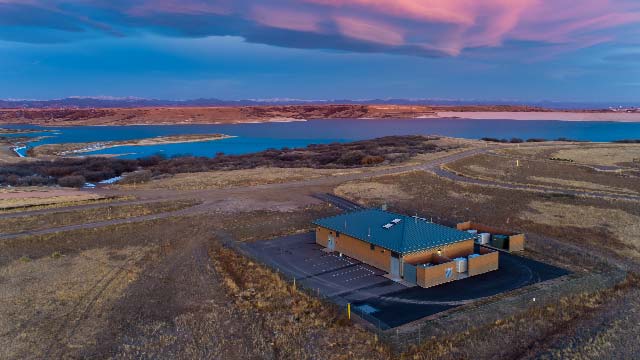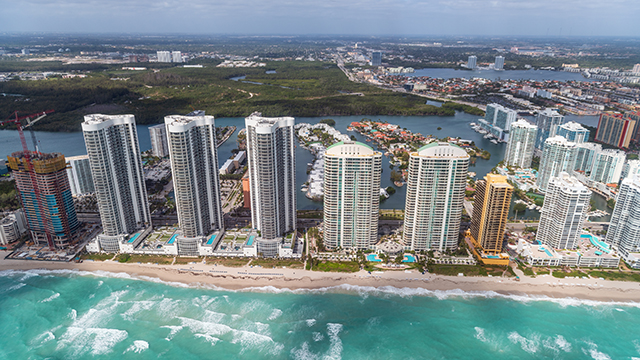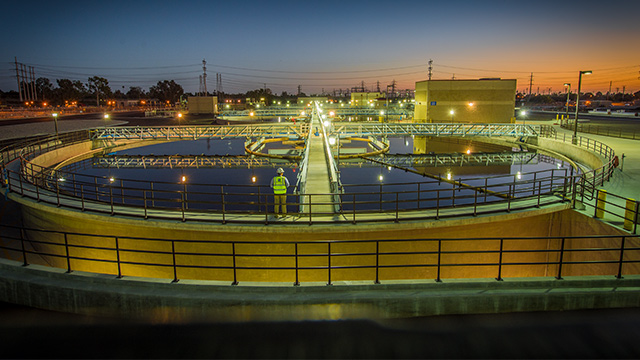The 2020 Strategic Directions: Water Report – melding analyses of leading experts and a survey of nearly 300 stakeholders in the North American sphere of water and wastewater – examines the issues and trends impacting today’s water industry at a time when matters couldn’t be more complex.
Aging infrastructure remains a vexing challenge, along with an aging workforce that, because of looming retirements, could cost the industry critical expertise. Increasing natural disasters via wildfires, floods and drought highlight the rising impacts of climate change on the resilience of our water systems and the need for significant investment. And there’s the global COVID-19 pandemic and the resulting financial havoc that has multiplied the pressure on utilities to be resilient in their services and make the sorely needed investment in supply, treatment, conveyance and storage facilities.
Like no other year before, utilities will need to unleash the value of exploiting data in their operations by using analytics and other technologies to drive better decision-making to optimize and prioritize system investments and drive cost efficiencies.
This year’s report dives into these issues and many more, bringing into sharp focus the industry’s opportunity to accelerate innovation in strategy, operations and funding.
2020 Strategic Directions: Water Report
With its survey of nearly 300 water industry stakeholders as its backbone, Black & Veatch’s 2020 Strategic Directions: Water Report comprehensively analyzes the sector’s complex landscape of challenges and opportunities. The leveraging of data in driving decision-making and optimizing efficiencies in water and wastewater systems is widening even as infrastructure continues to age, climate change strains assets, and the COVID-19 pandemic’s financial havoc pressures the bottom lines of many utilities through lost revenues. We look at all of that and more.
Explore the Report
Digital Water Expands in Use, Importance in a Time of Change, Pandemics
Now more than ever, stakeholders faced with such complexities continue to embrace the promise of “digital” or “smart” water, leaning on data to precisely track consumption, drive customer engagement, optimize performance and prioritize investment dollars in addition to other important metrics. Increased sustainability and resilience through informed asset management and planning are the rewards, along with the invaluable, holistic view of the water system.
As Infrastructure Ages, ‘Digital Water’ Drives Optimization
Digital transformation of water utilities is not based on the implementation of a single technology but a collection of operational technologies coupled with predictive software, supervisory control and data acquisition systems, GIS, flow and/or water quality data analysis, computerized maintenance management systems and operations management systems, as well as customer information systems. The right combination of these technologies, when properly integrated, will fuel digital water transformation.
Utilities Increasingly Rely on Planning, Forecasting to Mitigate the Impacts of Climate Change
Climate change and the resulting fluctuations in weather events are changing the game for utilities as increasing numbers of devastating floods, droughts, snowpack changes and ferocious wildfires alter our assumptions about water security and supply. The climate change picture is bleak. The current COVID-19 situation also is demonstrating firsthand the critical need for water utilities to continue to evaluate and plan for vulnerabilities and potential system failures as a way to mitigate against a changing and uncertain future.
The Conundrum of Water Affordability: What Is It, and What’s At Stake?
For decades, talk of water has rested on philosophical premises, ranging from arguments that it’s a human right to insistences that it’s a property right or even a commodity. Regardless of the philosophical posture, potable water is anything but free. Utilities incur costs to get the water, treat it to safe drinking standards and then supply it through an often-aging system of pipes and pumping stations to the consumer. Customers expect that when they turn on the faucet, they will get potable water.









